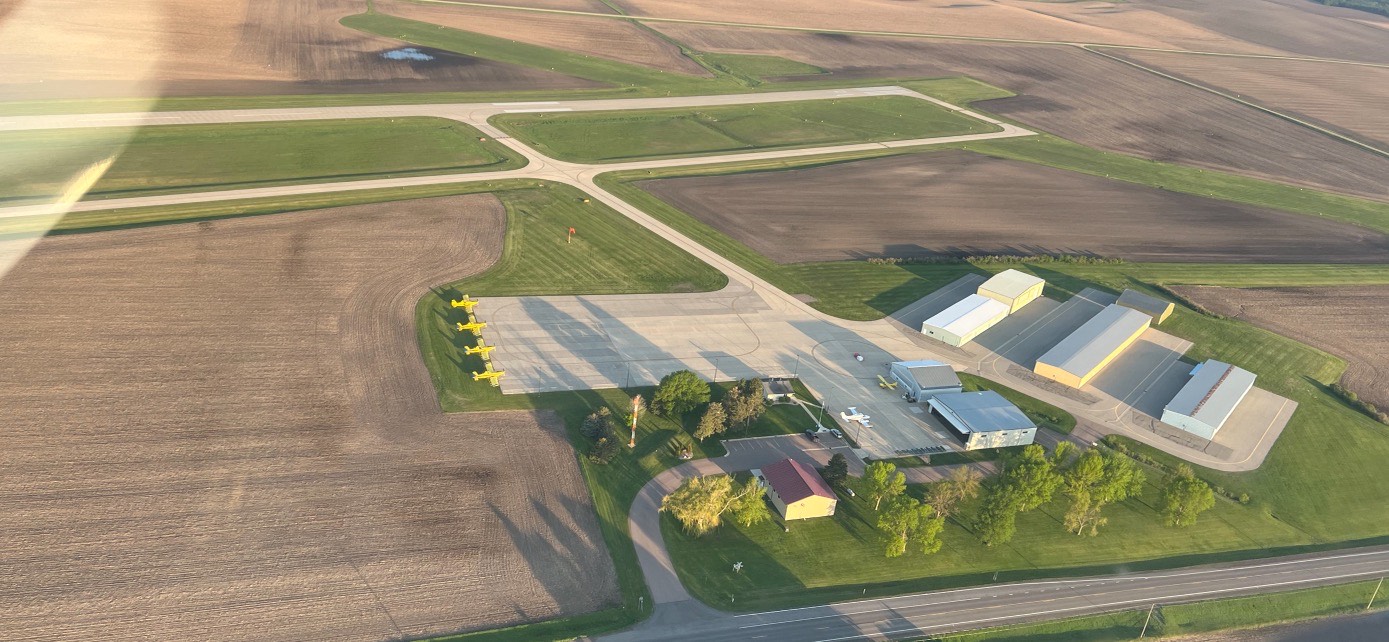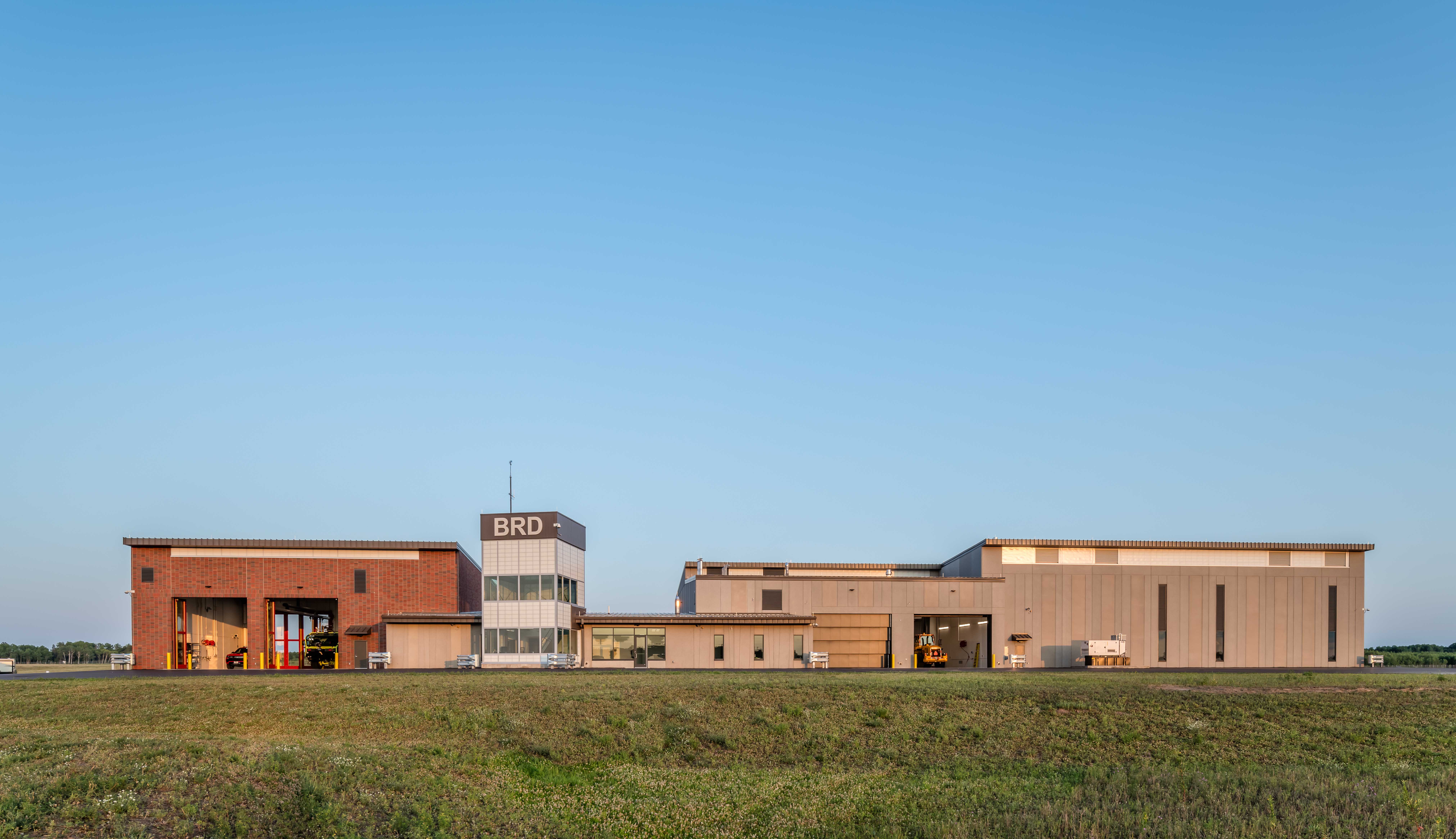
Alexandria Municipal Airport is located in the heart of west central Minnesota’s lake country. Its two runways see diverse daily operations from FBO Alexandria Aviation—which offers flight training—as well as EMS operator LifeLink and contracted UPS freight service provider Bemidji Aviation. According to airport manager Kreg Anderson, the airport has a strong base of local pilots who fly for recreation and business. Most of the turboprop or jet traffic is transient.
“Being a resort community, we see an influx of turboprop and jet traffic in the summer as cabin owners and tourists flock to town,” Anderson says. The airport averages 70 operations daily, or about 25,000 operations annually. “In the summer it’s easy to surpass the 100 mark daily, but then in the winter we can go days at a time where only tumbleweeds are flying,” he says.
Anderson has been in his role for five years but has been hanging around the airport since he was young, he says. He earned his private pilot license in high school, then a degree in aviation management from the University of North Dakota.
“I feel like being the airport manager allows me to be in the best position to help improve the airport for the tenants that use it and our community as a whole,” Anderson says, adding that he’s always looking for ways to improve the airport’s operation and the experience that local and transient pilots have when visiting.
Over about the last five years, the airport has been focusing on continued development, such as RNAV approaches for two of its four runways (which should be operational later this year) as well as new T-hangars to accommodate the airport’s growing fleet, Anderson says. In 2021 the airport built 10 additional hangars, and several private hangars were constructed during that time as well. Looking forward, Anderson says the airport will focus on a major reconstruction of Runway 13/31 in 2024, an accompanying new ILS, and a major fuel system upgrade. An improved approach lighting system to Runway 31 is on his wish list as well.
“I think a big part of our success lies in the passion that so many of us around Alexandria have for this airport,” Anderson says. Those people include past and present airport management, the FBO, tenants, aviation groups like the EAA and Civil Air Patrol, and the city's mayor and council.
“Sometimes I end up at other small-town airports and encounter the local coffee club of pilots spelling doom and gloom for general aviation,” Anderson says. “That is absolutely false. We are proof that general aviation is still alive and well with the younger generations getting involved.” Anderson points to the growth in the number of licensed pilots in the US since 2017, which has been steadily rising after a decades-long decline. “I guarantee there are many people in your community who are intrigued by flying—but how do you get them to the airport?”
Nearly anyone involved in aviation today is aware of the pilot shortage. What doesn't receive as much attention, Anderson says, is the shortage of certified mechanics. “In the next 10 to 20 years, many of our beloved local, small-town mechanics will retire with no replacement. It’s a concerning trend, as very few individuals are getting into general aviation maintenance…You’d be surprised at some of the airports in Minnesota right now that don’t have a maintenance shop on field.”

